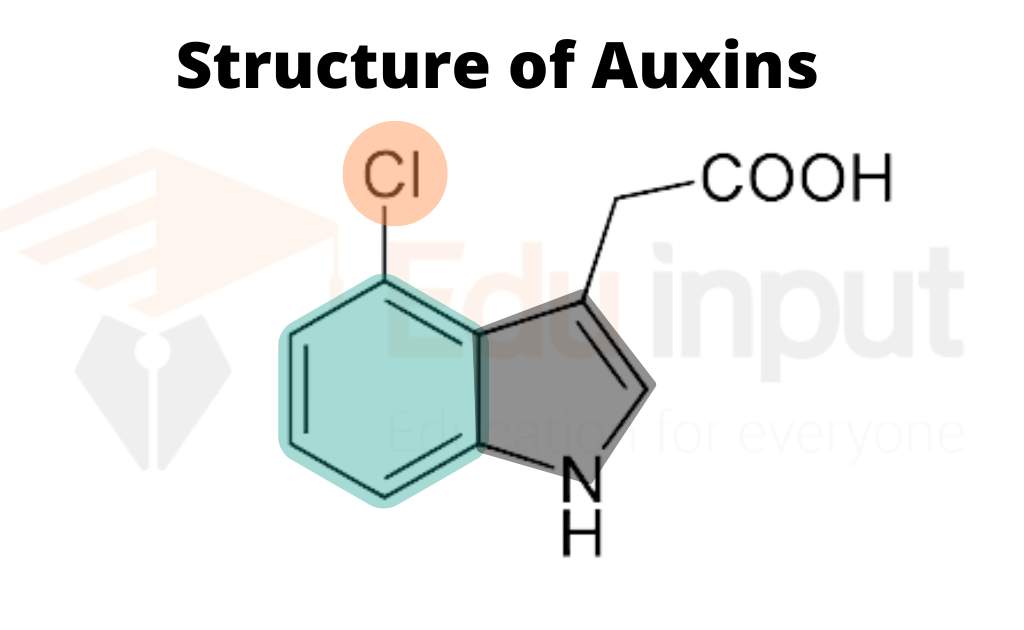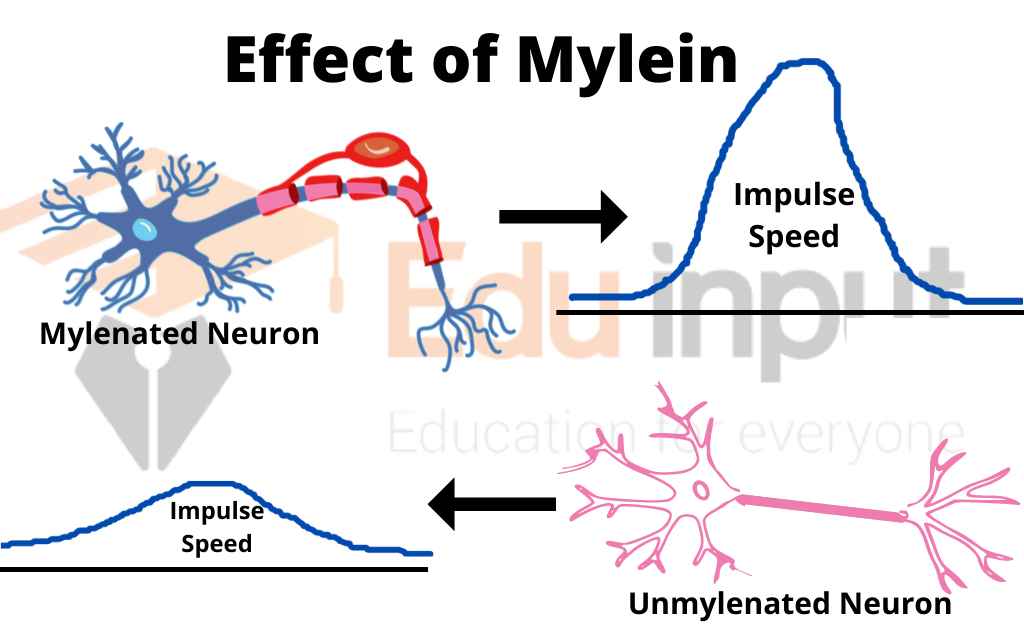What Are Auxins?-Discovery, Structure, and Functions
Auxins are plant hormones that play important role in regulating growth and development. They are also involved in controlling cell division and elongation.
Auxins are naturally occurring compounds found in plants. In addition to being essential for plant growth, they are also responsible for helping regulate the formation of roots, stems, leaves, flowers, seeds, fruits, and other parts of the plant.
Auxins are also known to be involved in the regulation of animal growth and development. For example, auxins control the rate at which animals grow and develop.
Auxin is defined as a plant hormone that regulates growth. It can be classified as a weak organic acid, and it typically has a structure that is similar to the amino acid tryptophan. Additionally, auxin usually has an indole ring and a carboxylic acid function. However, a broader definition of auxin would be any compound that affects plant development in a way that is similar to IAA.
Concentration of Auxins in Plant Tissues
The concentrations of Auxin (IAA) in plant tissues vary depending on the plant’s needs for proper development. For example, there is typically more auxin present in the shoot than in the root, and the highest concentrations are usually found in the meristems (active growth areas) at the tips of the roots and shoots. Though many cell types are capable of producing Auxin,
Discovery of Auxins
In 1881, Charles Darwin and his son Francis did experiments with coleoptiles, the sheaths surrounding young leaves on germinating grass seedlings. The experiment showed the coleoptile to light from a unidirectional source, and they observed that the coleoptiles bend towards the light.
They covered different parts of the coleoptiles with a light-impermeable opaque cap and discovered that light is detected by the coleoptile tip, but that bending occurs in the hypocotyl.
However, if the tip of the coleoptile was covered with an opaque cap or removed, the seedlings showed no signs of development towards the light.
The Darwins concluded that the tip of the Coleoptile was responsible for sensing light and proposed that a messenger is transmitted from the tip of the coleoptiles. to the rest of the plant, causing it to bend.
Structure of Auxins
Auxin molecules typically originate from the amino acid tryptophan. Tryptophan has a six-sided carbon ring that’s attached to a 5-sided ring containing carbon. The 5-sided ring has a group attached to it. Most auxin molecules only differ from tryptophan in what’s attached to this ring.

Types of Auxins
There are three main types of Auxins, based on their synthesis.
1. Indole-3-Acetic Acid (IAA)
Indole-3-Acetic Acid is a naturally occurring Auxin that helps regulate plant growth and development. Auxins play a role in regulating the formation of roots, stems, flowers, seeds, and fruit. IAA is produced by bacteria and fungi, and is present in many fruits and vegetables.
2. 2,4-Dichlorophenoxyacetic Acid
2,4-dichlorophenoxyacitic acid is a synthetic auxin that is commonly used in agriculture. It is often applied to crops as a foliar spray to promote root growth and stimulate flowering. 2,4-dichlrophenoxyacetic acid is also used in some types of Pesticides, Herbicides, And Fungicides.
3. Benzyl Amino Acids (BAA)
Benzyl amino acids are a group of compounds that are similar to auxins. BAA’s have been shown to increase the production of Cannabinoids and Terpenes.
Functions of Auxins
- Auxins play an important role in plant growth and development. At low concentrations, auxins promote cell division and cell enlargement. At higher concentrations, auxins inhibit cell division and growth. Auxins also play a role in the development of roots from cuttings and calluses.
- Auxins play an important role in plant growth and development. They promote bud initiation in shoots and inhibit the formation of lateral buds. This is called apical dominance. Auxins also promote fruit growth and delay leaf senescence.
- Auxins are a class of plant hormone that helps regulate plant growth and development. They play a role in leaf and fruit abscission or the shedding of leaves and fruits from the plant. There are many synthetic auxins that have been synthesized by chemists, which are more economical to produce than the naturally occurring auxin called indole-3-acetic acid (IAA). These synthetic auxins are more active than IAA because plants do not have enzymes to break them down.
- Charles Darwin and his son Francis first observed that seedlings lean towards the light. However, a new shoot’s development – whether it grows into the soil or towards the light – depends on where auxins are located and how they influence cells within the plant.
- Generally, auxins move downward due to gravity and laterally, away from light. Yet, more cell growth occurs in areas of the plant where auxins are highly concentrated.
- When you cut a stem, the plant will produce auxin to encourage root growth at the site of the cut. It stimulates root branching.
- Auxins have a few key roles in the development of fruit. They help mature the ovary wall and also kickstart the process of fruit development.

 written by
written by 



Leave a Reply